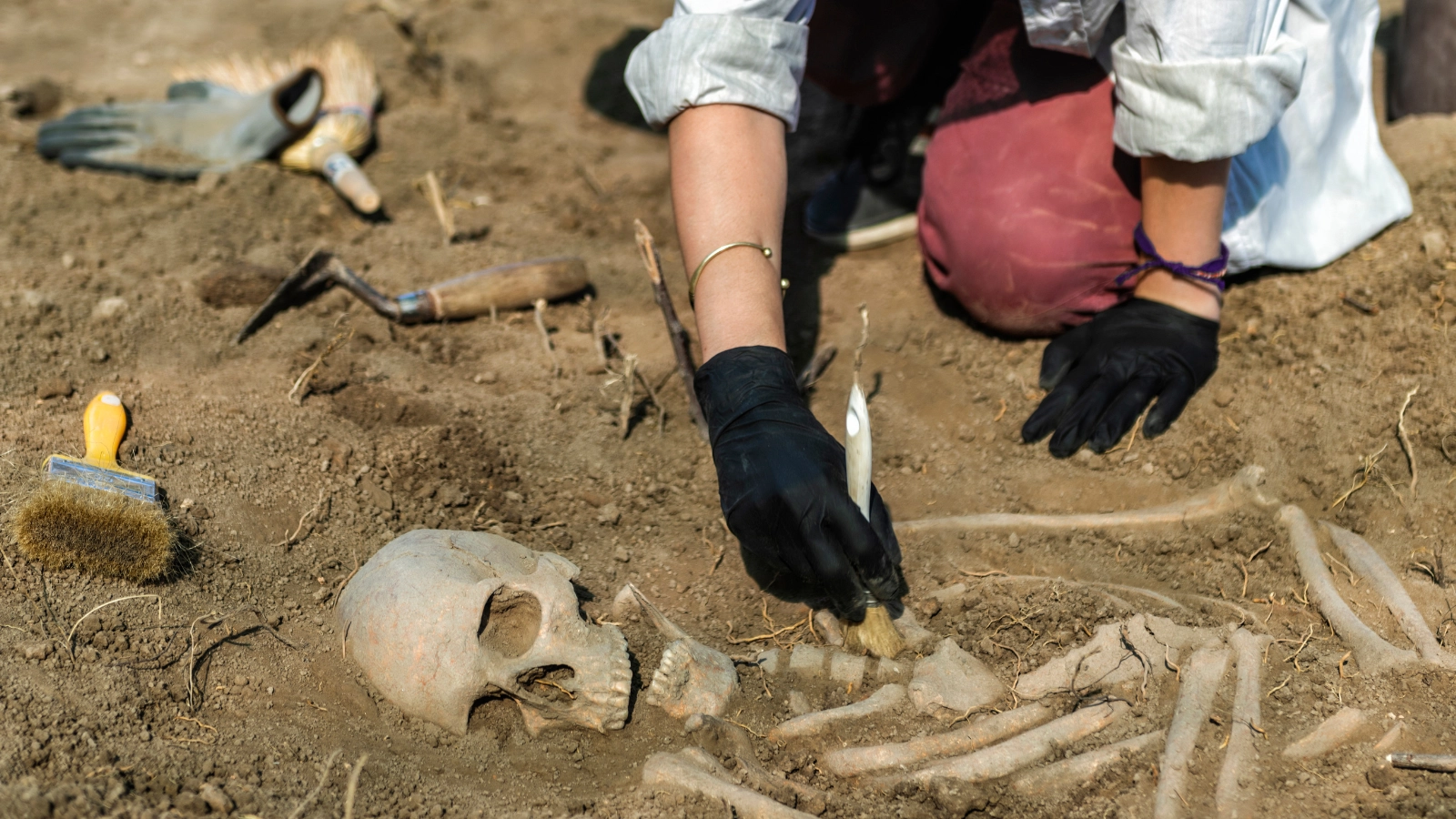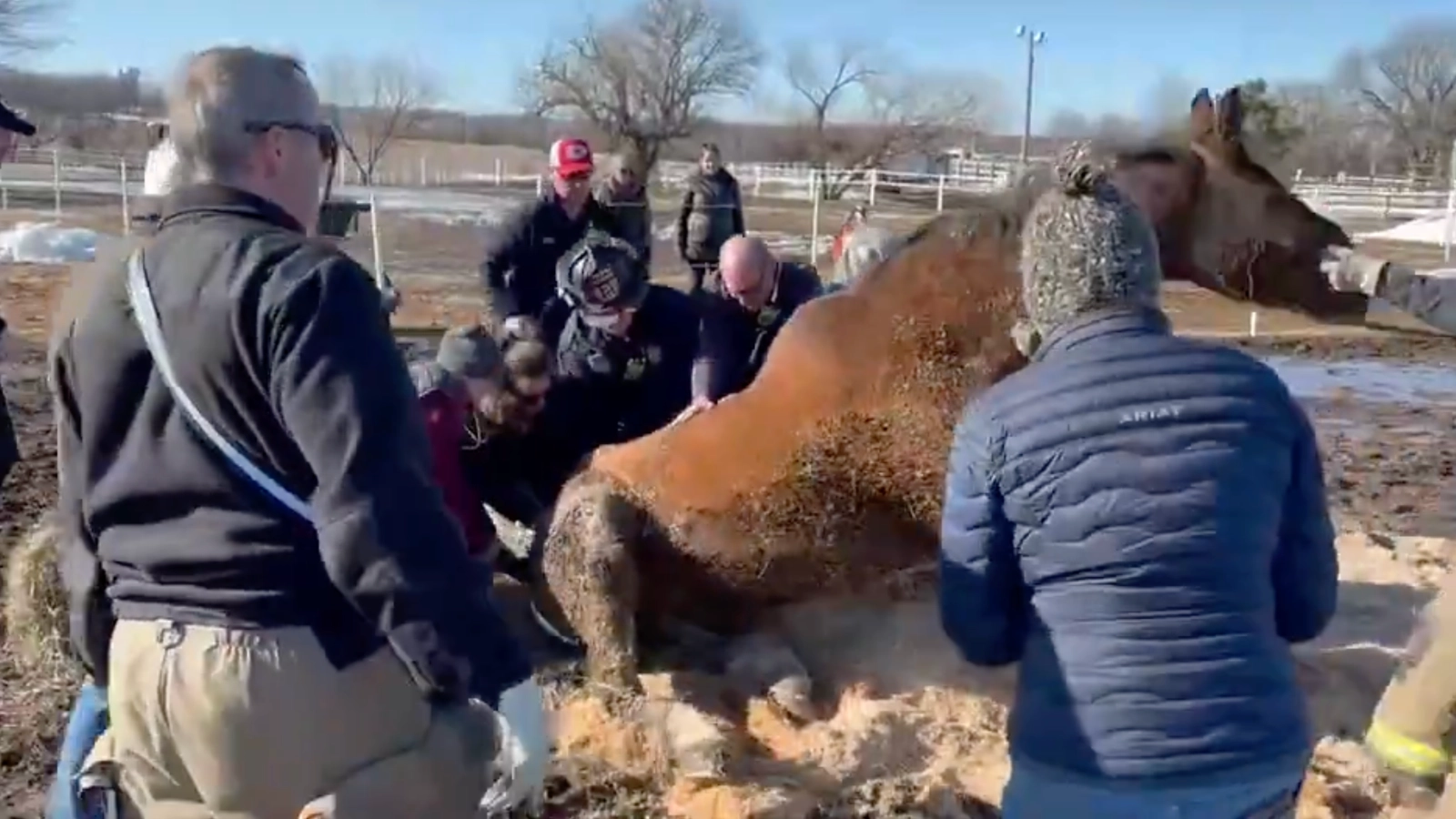A skeleton pieced together from bones spanning thousands of years is raising eerie questions about ancient burial practices.
🌐 #News #Lifestyle #AncientHistory #Archaeology
ST. PAUL, MN
– In the quiet town of Pommerœul, Belgium, archaeologists have uncovered a unique and perplexing discovery—a skeleton made from the bones of at least eight different individuals. Found decades ago in a cremation cemetery, this composite skeleton is causing a stir, as it includes remains spanning thousands of years, from the late Neolithic era all the way to the Roman period.
Originally excavated in the 1970s, the skeleton was first thought to be a typical Roman burial due to a bone pin located near the head, a common marker in Roman graves. However, new research revealed unusual details: the spine contained vertebrae from both adolescent and adult individuals, indicating that the remains were not from a single person.
Using radiocarbon dating and genetic sequencing, the team discovered the skeleton was a carefully assembled collection of remains from eight different people.
A Time-Bending Mystery in the Cemetery
The composite skeleton lay in a unique section of the cemetery, positioned in a fetal pose to appear as one individual.
Unlike the 76 other cremation burials surrounding it, this skeleton remained intact, suggesting a special significance. Radiocarbon analysis showed the oldest bones dated back over 4,400 years to the late Neolithic period, while the skull dated to the Roman era. This indicated a time gap of more than two millennia between the earliest and latest bones.
Genetic analysis further identified the skull as belonging to a Roman woman, likely related to others interred nearby, pointing to a probable family connection at the Pommerœul site.
Theories and Cultural Clues
This find has sparked various theories about why these remains were combined into one skeleton. Some suggest that Gallo-Roman groups in the area may have disturbed ancient burials while laying their own dead to rest, possibly finding an older, headless skeleton and completing it with a skull.
Another possibility is that the entire skeleton was purposefully constructed by the Romans to honor the site’s long history. Researchers believe that whoever assembled the skeleton had an understanding of human anatomy, arranging bones carefully to resemble a complete human figure.
In their study, researchers speculate that the Pommerœul site’s location near a river likely held significant spiritual value, attracting generations of burials. The arrangement of the bones may reflect an ancient practice of asserting land claims through burial, a symbolic connection to the land that extended across centuries.
A Mystery with Many Layers
This composite skeleton, bridging two distinct eras, offers a glimpse into ancient burial practices. Whether it was Neolithic or Roman communities who created this amalgamation, the intentional placement of bones suggests a reverence for the site and a strong sense of connection to the past.
This skeleton may be more than a historical curiosity—it could represent a cultural statement about identity, belonging, and perhaps even control over sacred spaces that endured across centuries and generations.
RELATED TOPICS:
Ancient History
|
Belgium
We value your feedback!
Did you find this article informative, inspiring, or thought-provoking? Leave a comment below and join the discussion. We appreciate your opinion and look forward to hearing from you!
SHARE This Article With Family And Friends…
Share this:
Read Next
Note: Thank you for visiting our website! We strive to keep you informed with the latest updates based on expected timelines, although please note that we are not affiliated with any official bodies. Our team is committed to ensuring accuracy and transparency in our reporting, verifying all information before publication. We aim to bring you reliable news, and if you have any questions or concerns about our content, feel free to reach out to us via email. We appreciate your trust and support!




